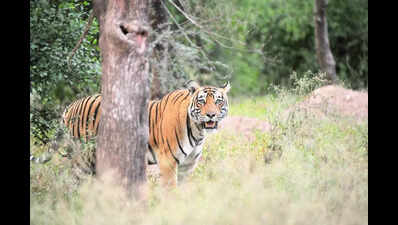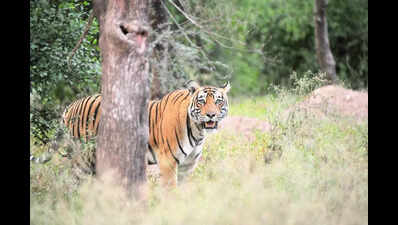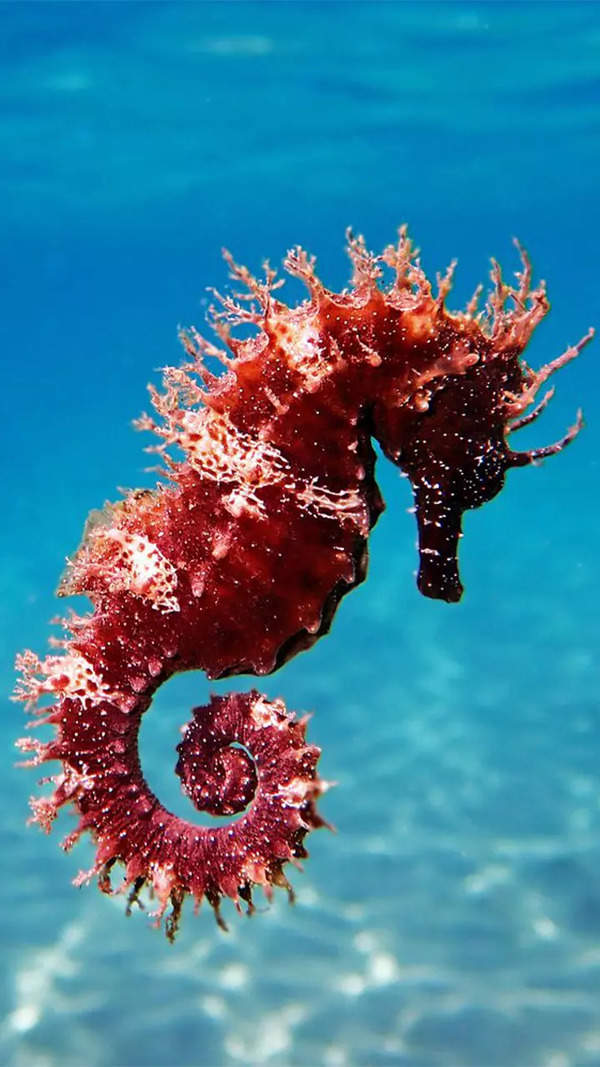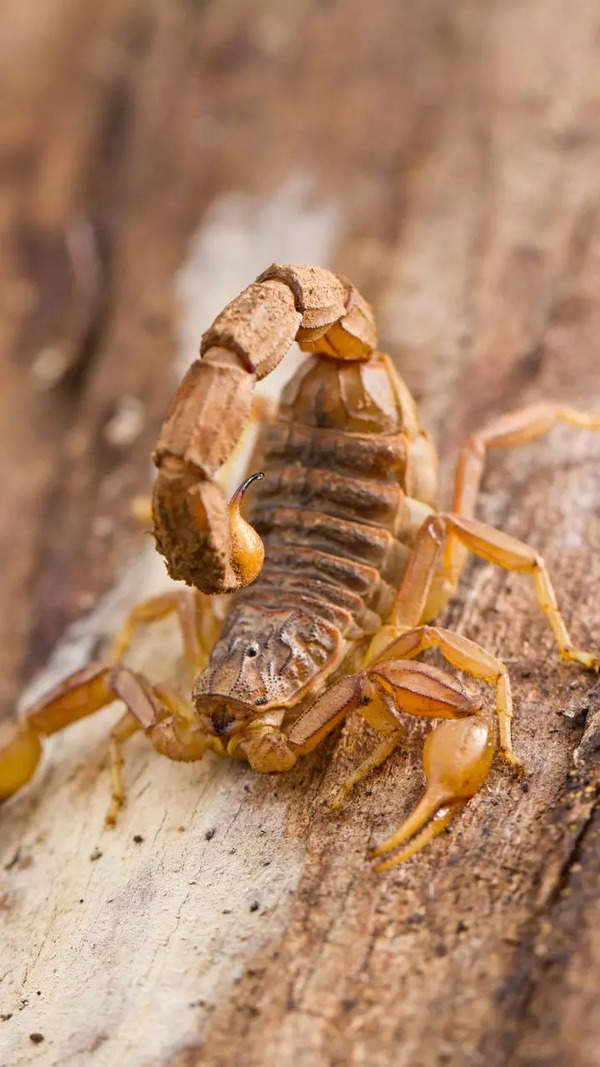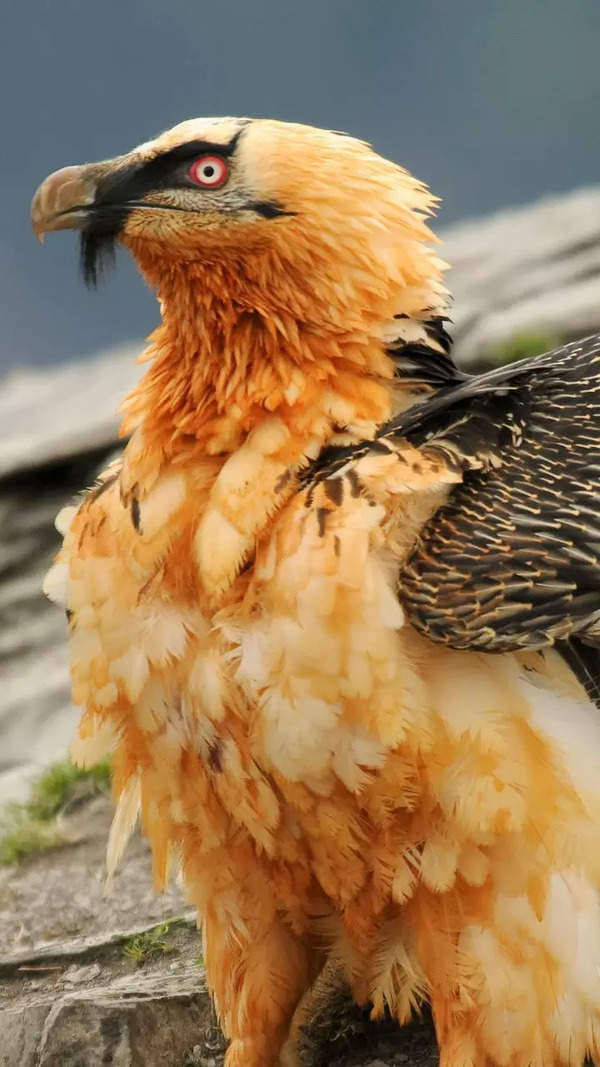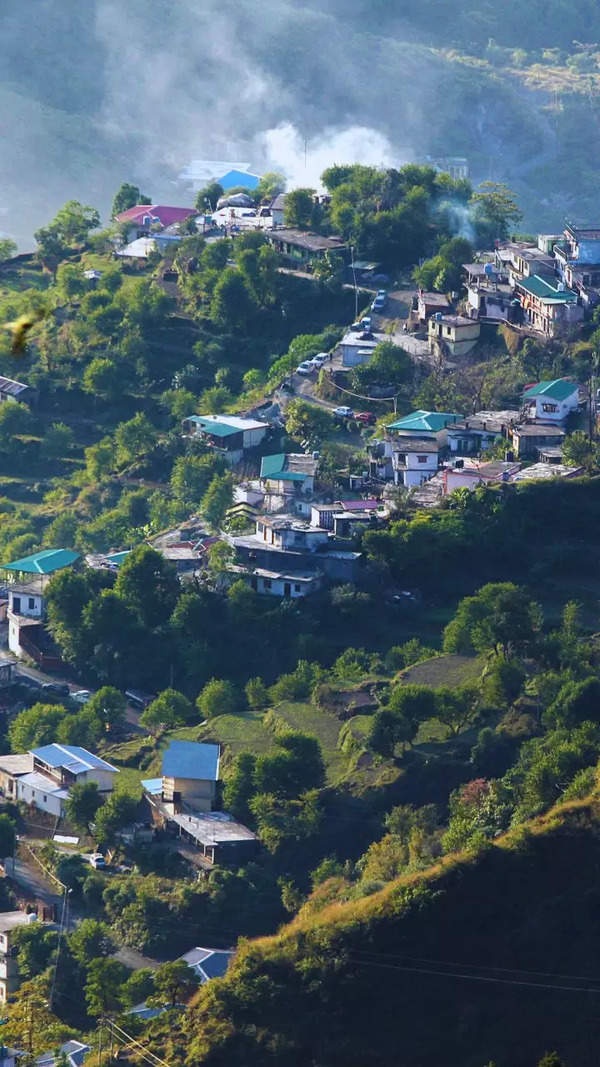- News
- City News
- jaipur News
- Kumbhalgarh Tiger Reserve may be delayed amid political apathy
Trending
Kumbhalgarh Tiger Reserve may be delayed amid political apathy
Jaipur: The establishment of Rajasthan's sixth tiger reserve, Kumbhalgarh, faces potential delays due to, what experts say, may be lack of political will. This project, a flagship initiative of Deputy Chief Minister and former Rajsamand MP Diya Kumari, is advancing at a sluggish pace as it appears to have been deprioritised.
In Aug 2023, following approval from National Tiger Conservation Authority (NTCA), a 10-member expert committee was formed to move the project forward. The committee submitted its report to state govt, proposing a reserve area of approximately 1,397 square kilometres spanning five districts. However, progress has since stalled.
Sources said residents recently approached MP Mahima Kumari Mewar and expressed concerns about the adverse impact of the project on communities inhabiting the region for decades. With these residents lacking formal land rights, the issue of compensation has become a major hurdle.
The expert committee's report, submitted on Oct 30, outlined the core area, critical tiger habitat, and buffer zones, said an official. However, during the review process, objections were raised by officials, who cited gaps in critical details.
A senior official said efforts are underway to address specific challenges, such as the potential disruption to the habitat caused by public roads passing through the reserve area. "The committee has been instructed to rectify these deficiencies and resubmit the report for further consideration. However, this process has not yet begun," said a senior official.
Previously, Wildlife Institute of India (WII) conducted a prey base estimation in two ranges of the proposed reserve. In a subsequent meeting, it was decided to extend this study to the entire proposed reserve area, but this has not commenced yet. Given its ecological significance, Kumbhalgarh sanctuary was designated as a tiger reserve. According to the forest department, the sanctuary hosts the highest number of herbivores in the region.
The 2024 report highlights the presence of over 15,000 wild animals, including 8,690 herbivores, in Kumbhalgarh forest. This population includes 26 cheetals, 521 sambars, 1 chinkara, 84 chausinghas, and 5,806 langurs.
End of Article
FOLLOW US ON SOCIAL MEDIA
